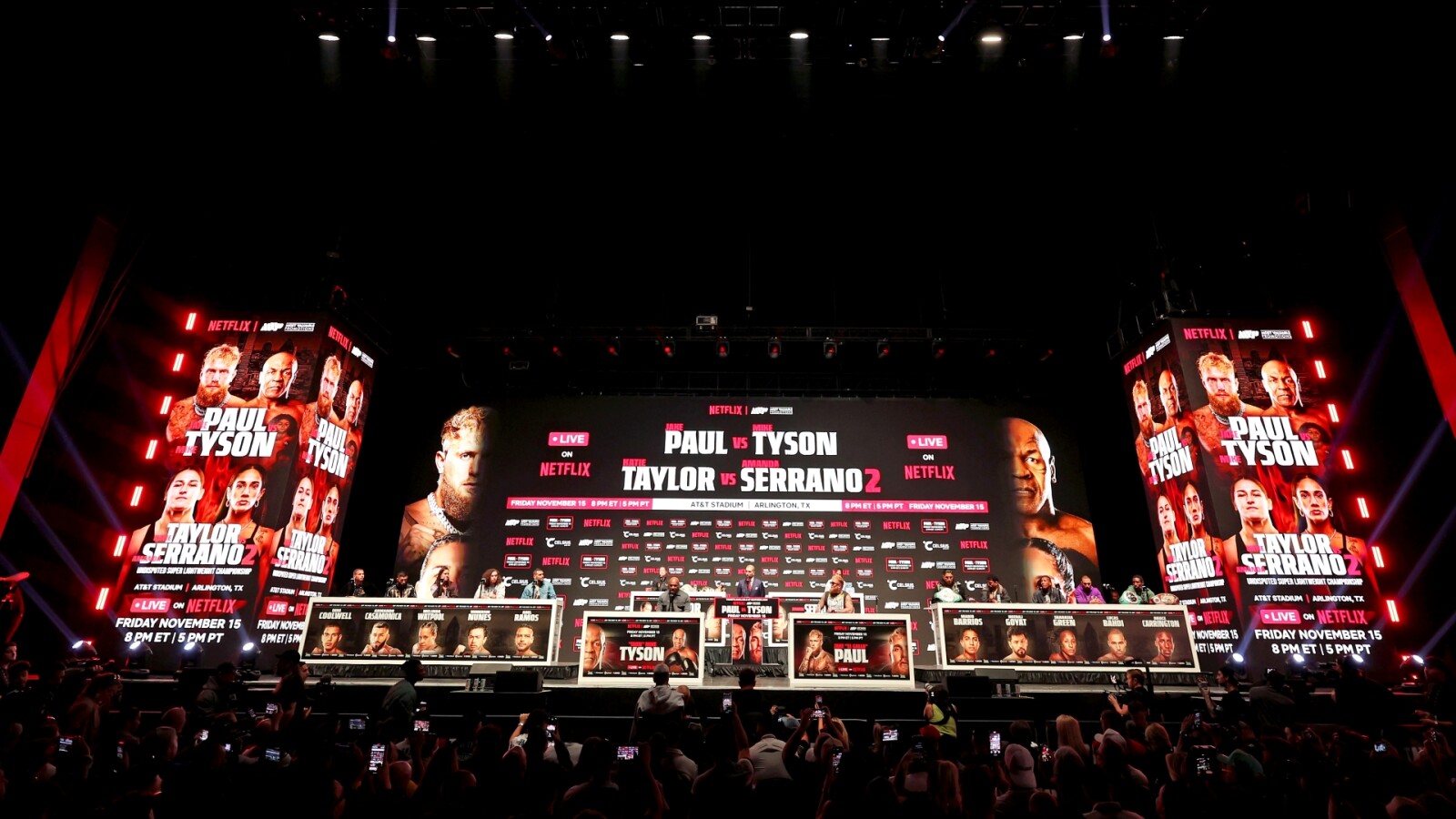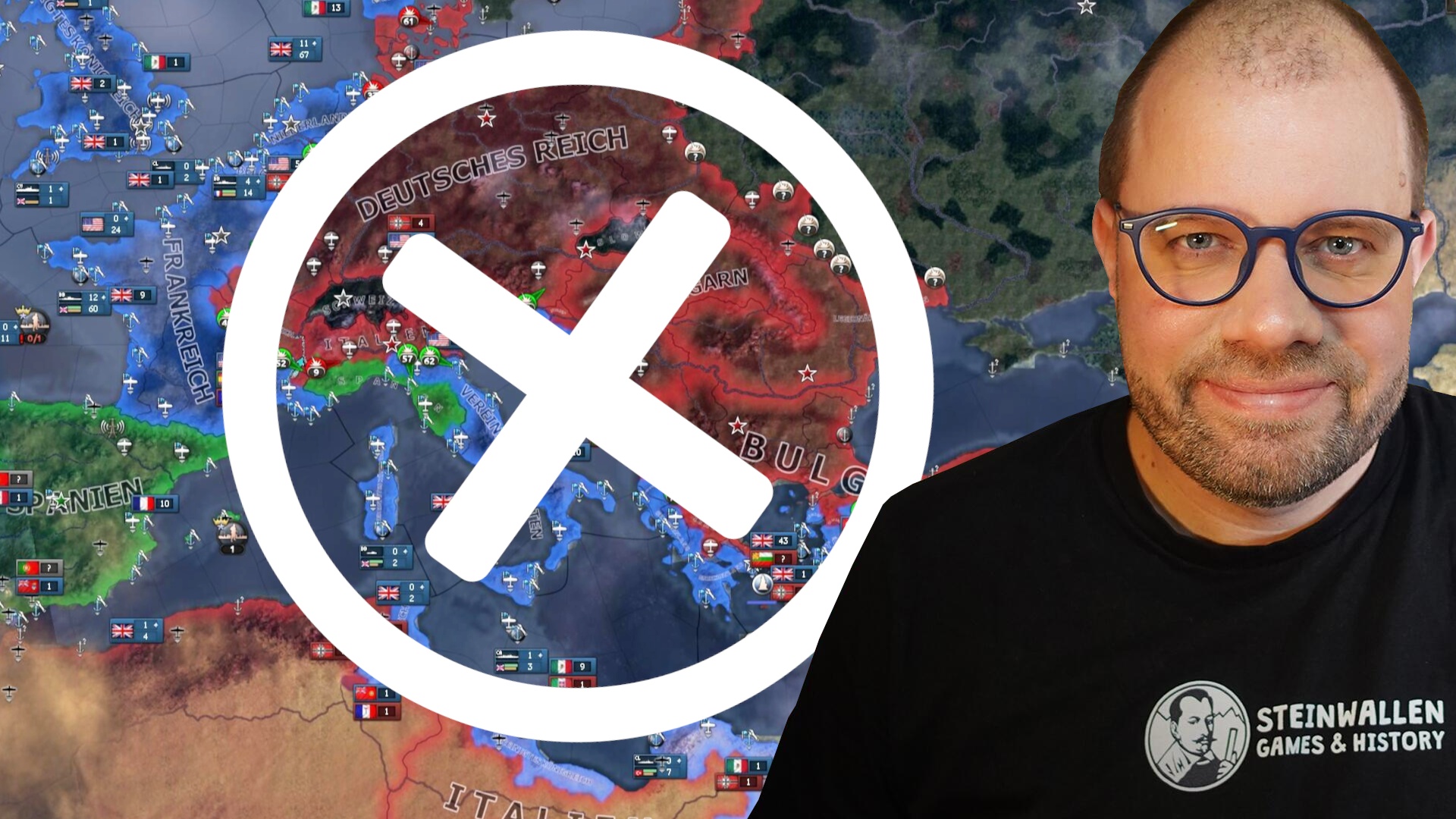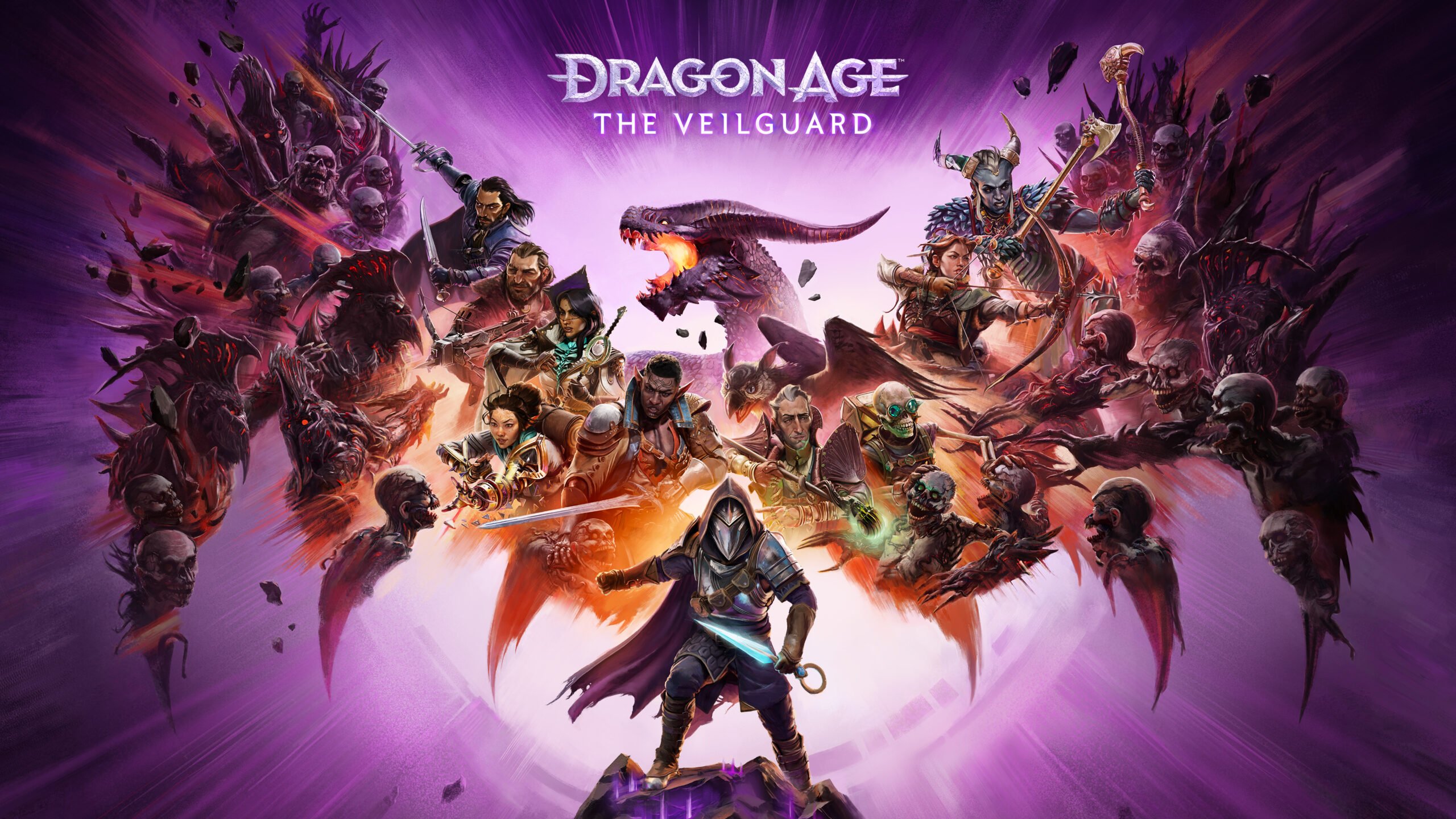The Witcher 3: Wild Hunt Having just released its seventeenth time, I think it’s time for society as a whole to accept that it’s not a particularly good open world RPG.
Admittedly, this is a pretty impressive flowchart of branching story choices and decisions – it would make a great pick-your-own adventure book or Twine game. But if your purpose in playing a massive role-playing game is to explore a fun and engaging fantasy environment, then this is really the last place you should be. It makes a serious mistake, conveying details of your surroundings mostly via small maps in the corners of the screen, so that you rarely get into the world itself.
Not that you’re going to miss much. The Witcher 3’s 1,000 square miles of identical thatched-roof huts and fields are inhabited by barely aware racists who wander aimlessly around. It’s like traveling across the UK on a Megabus. Try playing the game without the minimap, and you quickly realize that without it the landscape is unnavigable, and the only real landmarks between identical villages and castles are the occasional signpost written in a fictional language. There’s absolutely no organic push and pull of a perfectly designed open environment like Breath of the Wild’s.
This sense of chaotic disjointedness, trapped in endless landscapes of repeating scenes, will be put to better – albeit perhaps unintentional – use in the developer’s next game, Cyberpunk 2077
For the first few hours (I’m using hours from an open-world RPG here, so 15), it’s easy to feel that the world is as indistinguishable as the Witcher 3 abyss. It’s overwhelming in all the same ways, a seemingly endless expanse, and you can’t possibly begin to hold the shape in your head to any real degree. You’ll find yourself again spending most of your time ignoring $1,000,000 in ray tracing to parse out actually useful information from the ugly little map, the sheer clutter of the environment that makes trying to visually align what you can interact with with what you can interact with It would be a headache to separate things just to look pretty at E3.
If all of this sounds like I don’t like playing the game, that’s because I don’t. Make no mistake, Cyberpunk 2077 is by no means a great video game. That didn’t stop me from putting in 150 hours for no reason other than my love of collecting shirts and reading other people’s personal emails. With a gun to my head, I couldn’t convey any of the main story or any of the character’s names, except for that impossibly beautiful lesbian with the side cut. It might not be a great video game, but it’s a pretty good screensaver. Most of these hours are spent gaming on mute, driving aimlessly through the streets, listening to Siouxsie Sioux.
Somewhere along all those miles across all those streets, a subconscious sense of real familiarity with the various areas began to seep into my brain. I find myself hardly looking at the minimap anymore, just intuiting whether the area I need to head to is usually north or south. The city is a motley patchwork of beltways, overpasses and bizarre cul-de-sacs – the result of decades of companies vying for control of local civil engineering. It’s as intuitive to navigate as most UK cities.
Somehow people are able to figure out how to drive around this ridiculous country without having to consult an ordnance survey map every five minutes – and our roads are worse than Night City’s dystopian hellscape. Live long enough in a scary town and you’ll eventually find its mental map tucked away somewhere in your brain, even if you don’t want it to be.
Cyberpunk 2077 is set in an unnavigable world. It certainly wasn’t designed for walking. It was built by council to direct traffic towards shopping districts and corporate headquarters, through more diverse and interesting neighborhoods in the name of financial progress. Yet the people who live there are still trying to eke out a living in the shadow of a giant corporate monolith trying to swallow everything around them.
Since I’m a perfectly normal person with normal hobbies and interests, I decided to do away with the entire HUD and start playing the role of a taxi driver, doing exploratory tours across the city to see if I could remotely develop a reliable The feel of the shape. I stuck to the speed limit, imagining picking people up from Pacifica Mall and dropping them off at Lizzie’s Bar. Eventually, it clicked. The undulating network of bridges and bypasses suddenly made some sort of sense, and my overall understanding of the game space was the clearest I’ve had since GTA III’s Liberty City.
The Witcher 3 is a product of its time, existing at the tail end of arguably the worst era for open world games – an era where the only thing people cared about was scale, and building them in a way that really encouraged interacting with them in addition to Outside of running between waypoints, that hasn’t happened yet. In many ways, Cyberpunk 2077 feels dated–but it fits the theme. The Nightside doesn’t want to be explored, it wants to devour, it wants to overwhelm everything around it.
Forcing yourself against it, trying to find your way and put yourself on your feet… that’s the unique feeling of victory in Cyberpunk 2077. The effort to conquer a big city that makes you feel small might not be CD Projekt Red’s idea boss as a final piece, but it’s more exciting than watching Geralt scale 10,000 fences.











